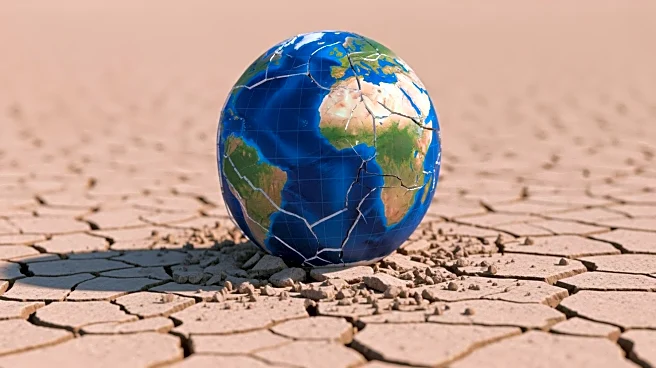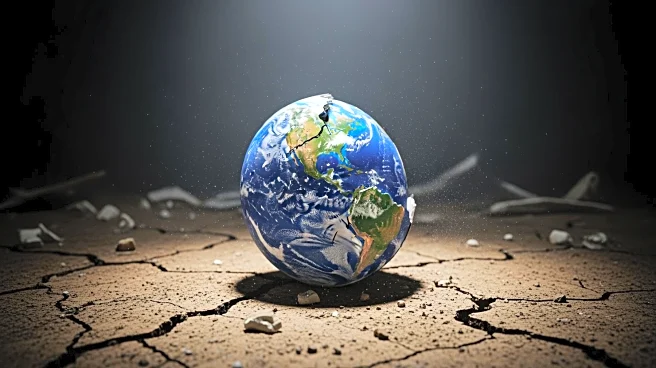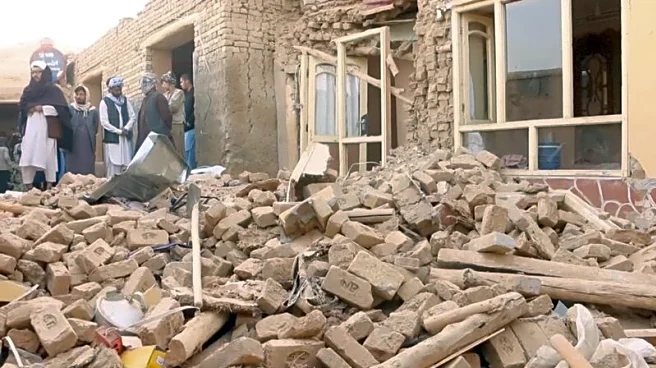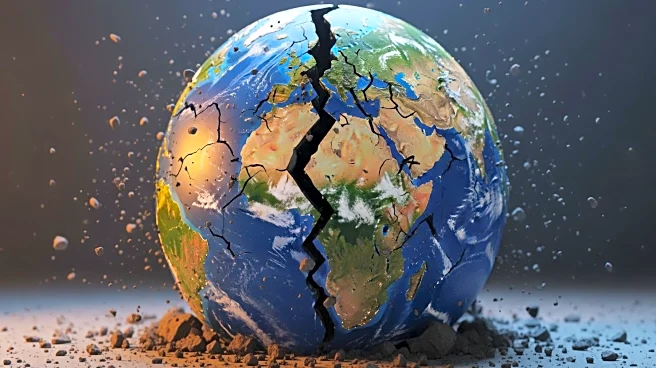What's Happening?
A 6.3 magnitude earthquake struck northern Afghanistan, resulting in at least 20 deaths and over 500 injuries. The epicenter was located near the town of Khulm, and the quake caused significant damage
in Balkh and Samangan provinces. Rescue teams are actively working in the affected areas, and the Taliban government is coordinating relief efforts. The earthquake also caused damage to the historic Blue Mosque in Mazar-e-Sharif, although the structure remains intact. The United Nations is assessing needs and providing urgent aid to the affected communities.
Why It's Important?
Afghanistan is prone to natural disasters, and the recent earthquake highlights the challenges faced by the country in responding to such events, especially in remote regions. The damage to infrastructure and the loss of life underscore the need for improved disaster preparedness and response capabilities. The international community's involvement, including the United Nations, is crucial in providing support and resources to aid recovery efforts. The earthquake's impact on cultural landmarks like the Blue Mosque also raises concerns about preserving Afghanistan's heritage amidst ongoing crises.
What's Next?
Rescue operations are ongoing, and the Afghan government, along with international organizations, will continue to provide assistance to the affected areas. Efforts to rebuild and restore damaged infrastructure will be a priority, and there may be calls for increased investment in disaster resilience and preparedness. The situation may also prompt discussions on the role of international aid in supporting Afghanistan's recovery and development.














